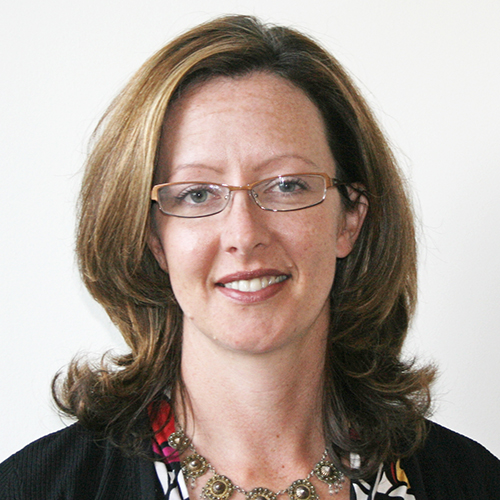Statement of Jocelyn Frye, President of the National Partnership for Women & Families WASHINGTON, D.C. – June 28, 2024 – Today, the Supreme Court upended sound, longstanding, legal precedent that has provided protections for everyday people for decades...

The Evidence is There: Better Coordinated Care Makes Sense and Saves Money. Duh.
This just in. What health care experts have suspected for some time has been demonstrated by a new study published in the American Journal of Managed Care: patients who can rely on a coordinated system where their providers talk to each other, their medical information is available electronically, and they have improved access to doctors and nurses – have better health outcomes.
Quick Fact: What is a Patient-Centered Medical Home?
A “medical home” — aka: “patient-centered medical home”— is a medical office or clinic where a team of health professionals work together to provide a new, expanded type of care to patients. It’s not an institution or nursing home, but a medical office or clinic that offers coordinated, comprehensive primary care that is personal and focused on making sure the patient’s health care needs are met.
The study compared four components – patient experience, quality of care, costs, and staff burnout – at a pilot patient-centered medical home (PCMH) in Seattle. The outcome is compelling.
Patients at the PCMH fared far better than patients at control sites in some significant ways. After 12 months, patients at the PCMH had 29 percent fewer visits to the emergency room and 11 percent fewer hospitalizations. – These patients reported higher levels of satisfaction with their care and took a more active role in their own health care through regular communications with doctors and more participation in patient groups and self-management workshops. These outcomes are good for patients, good for providers, and good for our nation’s pocket book.
Another reason the medical home model is so promising? Staff burnout (a long-time problem for primary care clinics that threatens the important role they play in preventing disease and keeping people healthy) was significantly less after one year at the PCMH. Only 10% of staff reported high burnout compared to 30% at the control sites.
And- because we love it when higher quality of care makes financial sense too – even though the PCMH had some significant initial start-up costs, those costs were recouped quickly (after one year). The study estimates this is because of savings from fewer emergency visits and hospitalizations. – From the patient’s perspective, there was no detectable difference in cost between the PCMH and the control sites; meaning the PCMH was providing better care and patients were getting better outcomes and it didn’t cost them more.
But of course there’s bad news – there always is. The problem is that all those savings generated by the PCMH didn’t actually accrue to the same people who made the wise investment in the first place. For example, reduced hospitalizations are a worthy outcome, but those savings don’t benefit the PCMH directly; they really save health plans money. That’s a function of the way we currently pay for health care, which promotes fragmentation over coordination and leaves patients feeling as though they’re a collection of body parts instead of the whole person they really are.
Evidence like this should play a central role in re-organizing health care payment and delivery systems in this country. As Congress debates the future of health care, we must make sure that the way we pay for and deliver care helps every patient receives the high quality, coordinated care they deserve.
For more information about the Patient-Centered Medical Home and how you can help advance this exciting new model of care in your area, click here.

